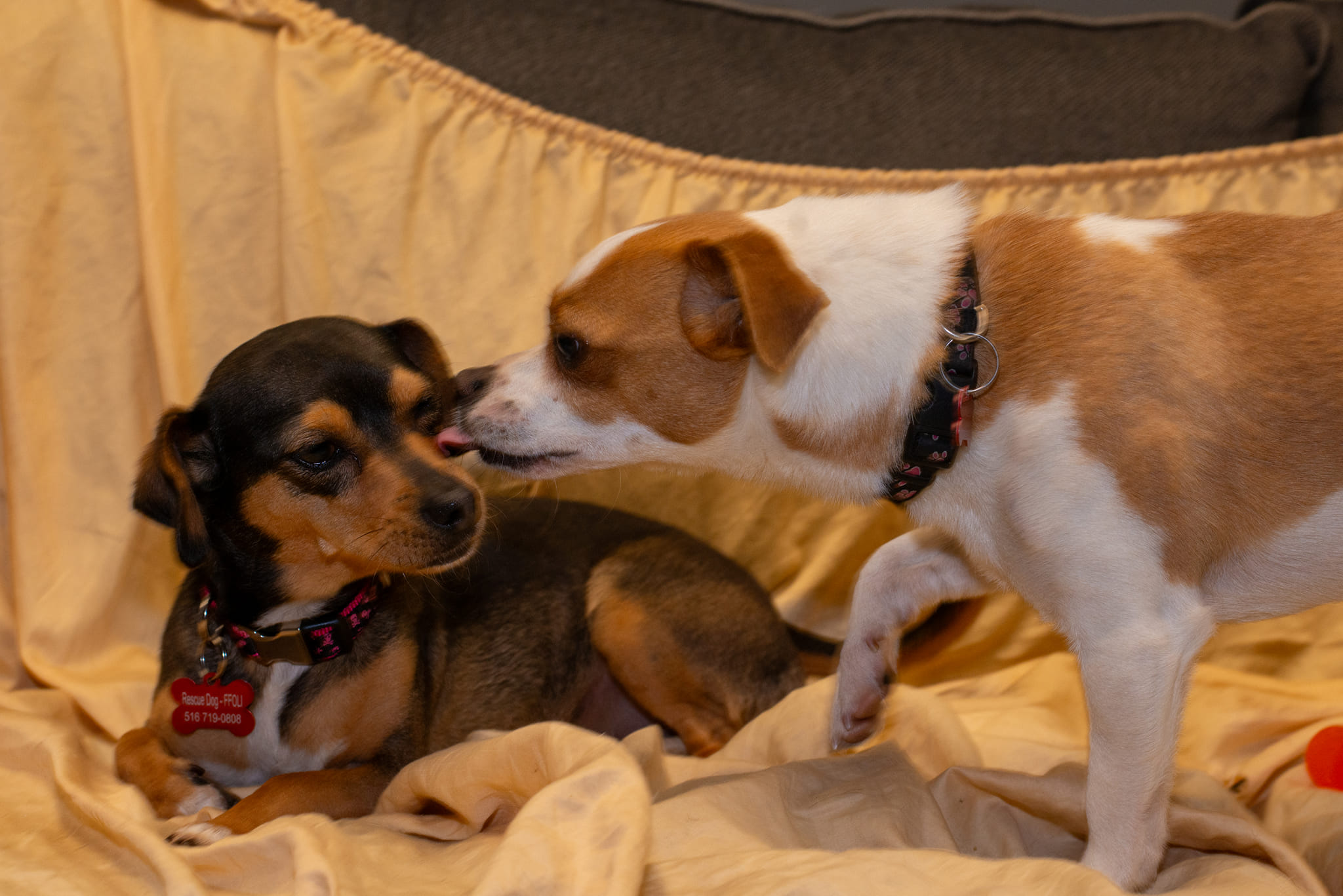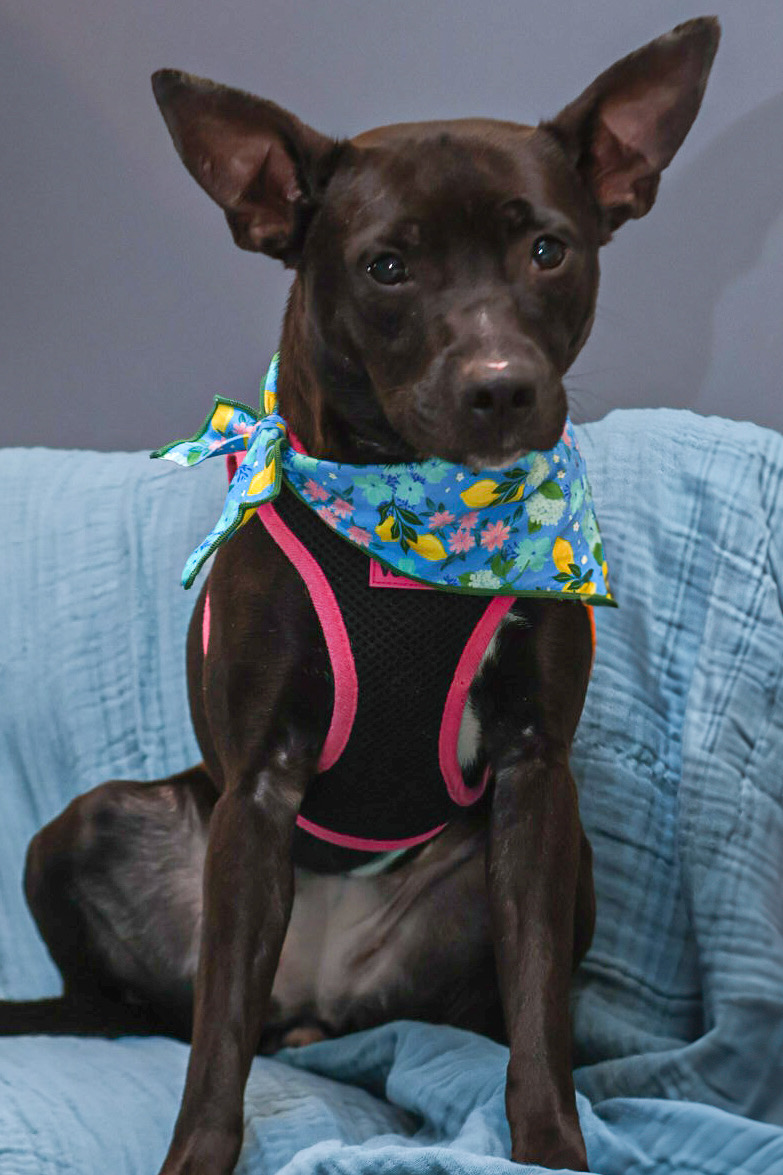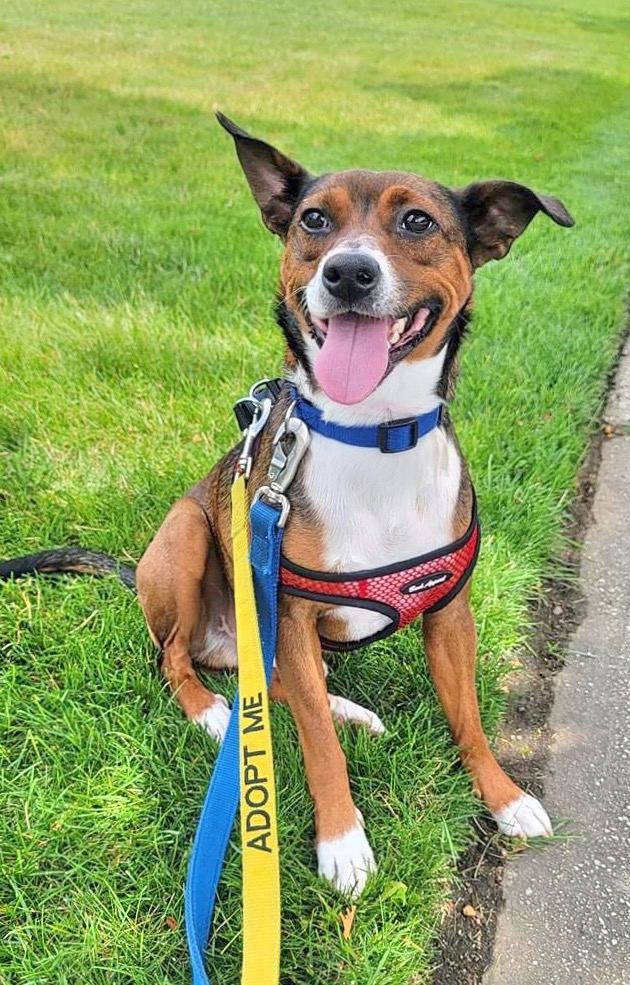
Everyone loves videos of dogs with other animals. Whether they are snuggling another dog or playing jumping around with a cat, it always seems as though dogs are having a blast and that it takes no effort.
Of course this is a fallacy. These people are putting in the work, even if you do not see it. Sometimes a new dog will hit it off with your other pets right away. But other times, one or both parties need a little (or a lot) of convincing for it to work. Ultimately, you cannot control the type of relationship your pets will have with each other. But you have the ability to increase the chance of success with a carefully orchestrated introduction. When you bring your new dog home, there are a few different strategies you can try to get everyone off to a good start.
The last thing you want when introducing dogs into a new setting is an instant turf war. Let your dogs meet in a neutral setting instead of bringing the new dog directly into the home, where your other dog may feel territorial. Get the help of someone else to walk the dogs on leashes in a nearby park or neighborhood. They may be hesitant to interact at first, which is 100% normal. As they get more comfortable during the meet, they will start to engage. Let them check each other out for a few seconds, then pull them apart and give them a little space. As long as they are both showing positive body language, you can let them engage for longer periods and then bring them home.

When you introduce your new dog to your other dog or pet, you are going to need some sense of how the meeting is going. Unfortunately, dogs cannot talk. However, they can tell you a lot with just their body language. You simply need to know what to look for during these interactions. Understanding the body language of your dog and pets is going to give you key information about how your dog is feeling in any given moment. And in the end, this will impact the choices you make. Try to see if you can tell that your dog is relaxed and happy during these early introductions. If so, the introduction can continue. However, if you notice signs of fear or aggression, then you will want to intervene before the situation escalates. It can be a tricky line to follow, but one that is important to navigate.
All pets need to have a place they can go to feel safe or have some downtime. You can use baby gates or a crate to give your new dog a spot to decompress and give your other dog a break from their new housemate. And cats should always have an area where they can escape to, as well. This is very important for the mental well-being of your pets. If they do not have a safe space, then it can lead to more hostile relationships.
To help avoid conflicts with your pets, make sure they all have their own food dishes, water bowls, and beds. At first it may be wise to feed them in separate rooms, so there is a sense of comfort when eating. And try not to leave toys or any of their favorite items lying around, because the older dog may feel like they need to protect what is theirs and not let the new dog chew or play with anything. So clean up when you can to ensure everyone is comfortable.

Start by having a dog and cat in separate rooms. You want to let them get used to each other’s smell first. Then you can allow them to see each other through a baby gate or screen. When they are ready to meet face-to-face, we recommend having your dog on a leash. On top of that, make sure your cat can get away if they want to. You do not want them to meet if your dog is on high alert or overly interested in the cat. If your dog is whining or scratching at the door trying to get to the cat, then wait until their excitement level has lowered before doing the introduction.
A similar approach works for other small pets. Let your dog get used to the smells and sounds of the other animal before you start face-to-face introductions. And always have your dog on a leash.
As your dog is getting to know your other pets, and vice versa, you will want to keep an eye on their interactions. Praise them when they are behaving well and intervene if you notice any growling or aggressive body language. If you need to diffuse a situation, then redirect your dog’s attention and separate your pets for a bit. The first three weeks or so are crucial and it is wise to not leave them together during this “getting to know you” span. Keep actively watching them until you know they are comfortable together.
Lastly, when it comes to successfully integrating a new dog into your home, it is important to be patient. You do not want to rush this process, as it is something that is building a bigger foundation for the future. You want to make sure your animals all get along together for as long as they are around. If you rush the process, then you risk having pets with strained relationships.

Forgotten Friends of Long Island is a 501c3 non-profit volunteer organization that is dedicated to the rescue of companion animals left in Long Island municipal shelters. These animals are overlooked by both the general public and other rescue groups on Long Island, New York and need homes in order to live.
Since we are a non-profit volunteer organization, we have no paid staff. Every dollar we raise is used to provide quality medical attention and rehabilitation for the rescue animals in our care.
Are you looking to adopt a dog today through Forgotten Friends of Long Island? If you want to see a dog in our care, contact us to schedule an appointment with our staff.